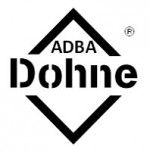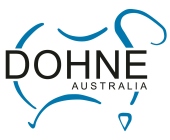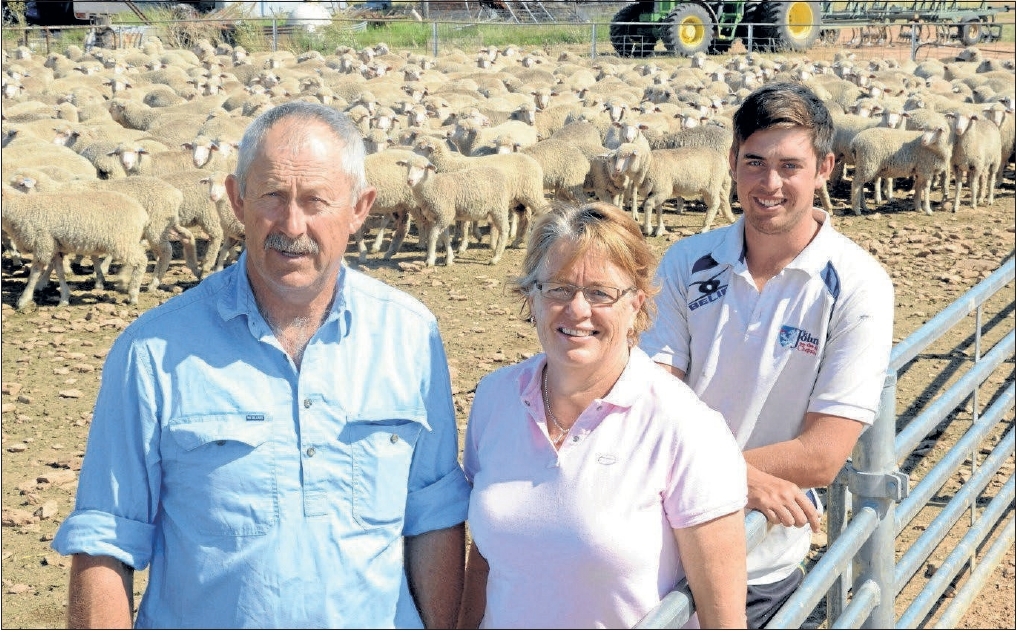Meat and Wool Profit Makers
Thursday January 21, 2016 THE LAND – BY MARK GRIGGS
BIG framed ewes growing plenty ofwool and producing lambs finished on grazing wheat and barley crops by the end of June each year are the “norm” for Grant and Liz Masters and family at “Fernleigh”, Spicer’s Creek, east of Wellington, who have been breeding Dohnes commercially for close to 15 years.
MrMasters said he wanted a self-replacing prime lamb operation with wool production. “This way we can turn lambs off as a better meat article.”
“We can turn our Dohne lambs off by the end of June where as we were holding our Merinos over until they were ready in August The fifth generation owner of ‘Fernleigh”, said the family began the change-over from their commercial Merino flock to Dohnes on their 920 hectare property soon after the breed’s introduction to Australia.”
“We started with rams from Macquarie stud, Warren, and for the past 14 years have used Gullendah rams,” Mr Masters said.
“We find Dohnes are better foragers than Merinos and not selective grazers.”
“They seem to do better in dryer times and their high multiple lambing rates are most beneficial for our profit margins.”
While Mr Masters admits the flock did lose some wool cut, ewes are cutting 5 to 5.5 kilograms of 19 to 20 micron wool and two-thirds of the 1850 head joined flock scan as multiple lambers, which more than compensates for the dollar return for fleeces.
With classer, Allan Clarke, Mr Masters selects for multi-lamb producing matrons while looking for big frames and wool quality.
The dual purpose Dohne has also increased flock fertility at “Fernleigh” resulting in 120 to 130 per cent of lambs weaned per ewe. Mr Masters said he joins ewes from 1 ½ years up to 6½ years at a ram/ewe percentage of one –plus one for six weeks from March 1. Older sound ewes are put to White Suffolk rams for a terminal first cross with the resultant lambs finishing earlier than the Dohnes.
“This lightens off our paddocks so we can concentrate on finishing the Dohnes,” he said.
The Masters are turning off Dohne wether lambs at 52 to 60 kilograms at rates equal to first crosses. Last June the lowest price was $155 and got up to $170 a head when sold through Dubbo saleyards.
“We normally sell over the hook to Thomas Foods International, Tamworth, but saleyards were in front last year,” Mr Masters said.
While the mixed farming operation concentrates on sheep breeding the Masters also supplement income from winter dryland cropping. Of the 340ha to 360ha cropped 50pc is predominantly wedgetail wheat, 40pc canola and the rest to barley.
Grant and Liz Masters and son, Scott, with a draft of their August/September 2015 drop Dohne ewe lambs yarded at “Fernleigh”, Spicers Creek near Wellington. Seventy per cent of these will be classed as replacement flock ewes.












